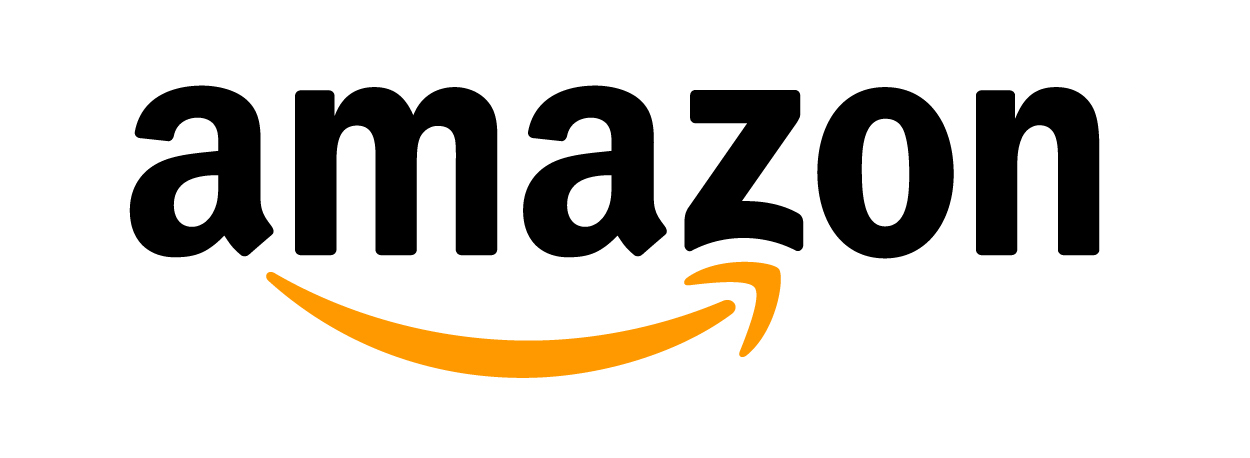
When was the last time you searched for the keywords “shoes” or “jackets” on google and the next time you visited Facebook or any website with enabled ads for that matter, were you bombarded with heaps of advertisements of sales on exactly either “shoes” or “jackets”?
I can assume with confidence that this happens all the time for you, and as with everyone else.
The sophistication of the apparatus that allows for simultaneous collection and analyzation of consumer behavior online has reached a point of complete ludicrous. The steps to which companies and businesses alike take to ensure that the optimal product is advertised at the optimal time to the optimal target consumer is often unsettling – think an overly obsessive admirer stalking your every action on the internet – but it is not without grounds.
The moment when a customer is most “vulnerable” is the moment when the customer is most susceptible to advertisements and therefore would be more likely to purchase the product. It is based on this idea that companies invest so much into “targeted advertisements” – advertisements that are specifically targeted at individuals. These are not exclusive to online interactions. Rewards cards, free wifi, even your phone number are all used as mediums to track your behavior to plan out that future promotion of a product based on your previous purchases that would most likely spike your interest.
Is the intensive research done secretly on individual consumers a total violation of privacy? Should there be a system in place to give consumers the power to make their own decisions about which ads they would be interested in instead of letting the “data” decide what’s best for them?
I stumbled on a blog by the infamous shark Mark Cuban on the show Shark Tank in which he introduces his thought on one of the ways Facebook could redesign its “Like” to include various meanings. Highlights are a “green like button” that would send a message to the website to send a link to allow for purchasing and a “red like button” that would mean “I only wanted to say I liked it” and show no interest in the product.
If “everything communicates” for businesses, the same slogan holds true for consumers’ presence online, as well as their interactions with companies offline. Cuban’s solution to the excessive research on consumer behavior on Facebook although altruistic, likely will not be implemented as it lets consumers be in control; and most of the time consumers don’t know what’s best for themselves, nor what they really need, when they need it. Companies do. After all, when have numbers been wrong?
Word Count: 438
References:
Image: https://i0.wp.com/bridgei2i.com/blog/wp-content/uploads/2017/05/cross-sell-up-sell-clickstream-analytics.png?resize=1024%2C477





